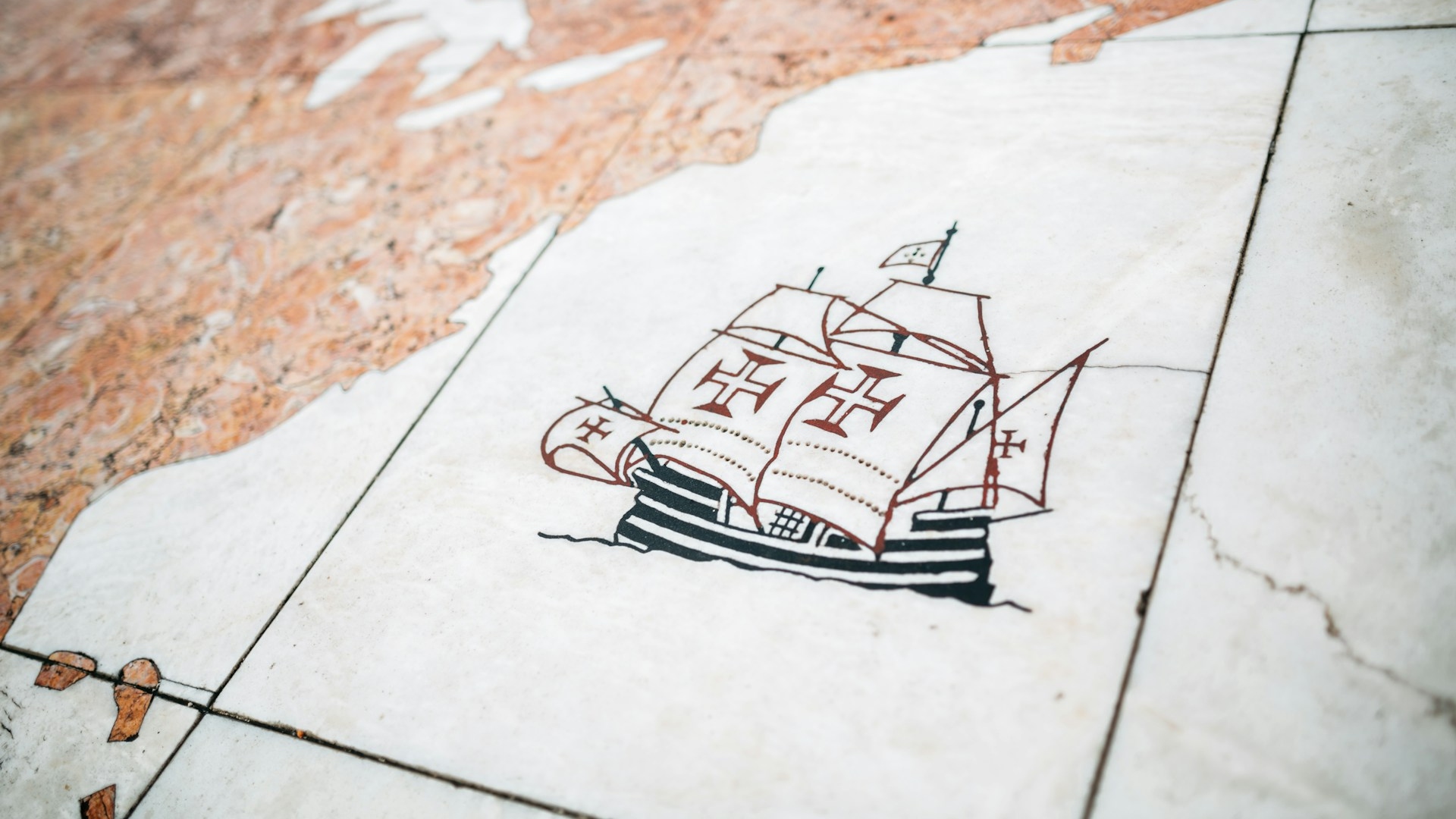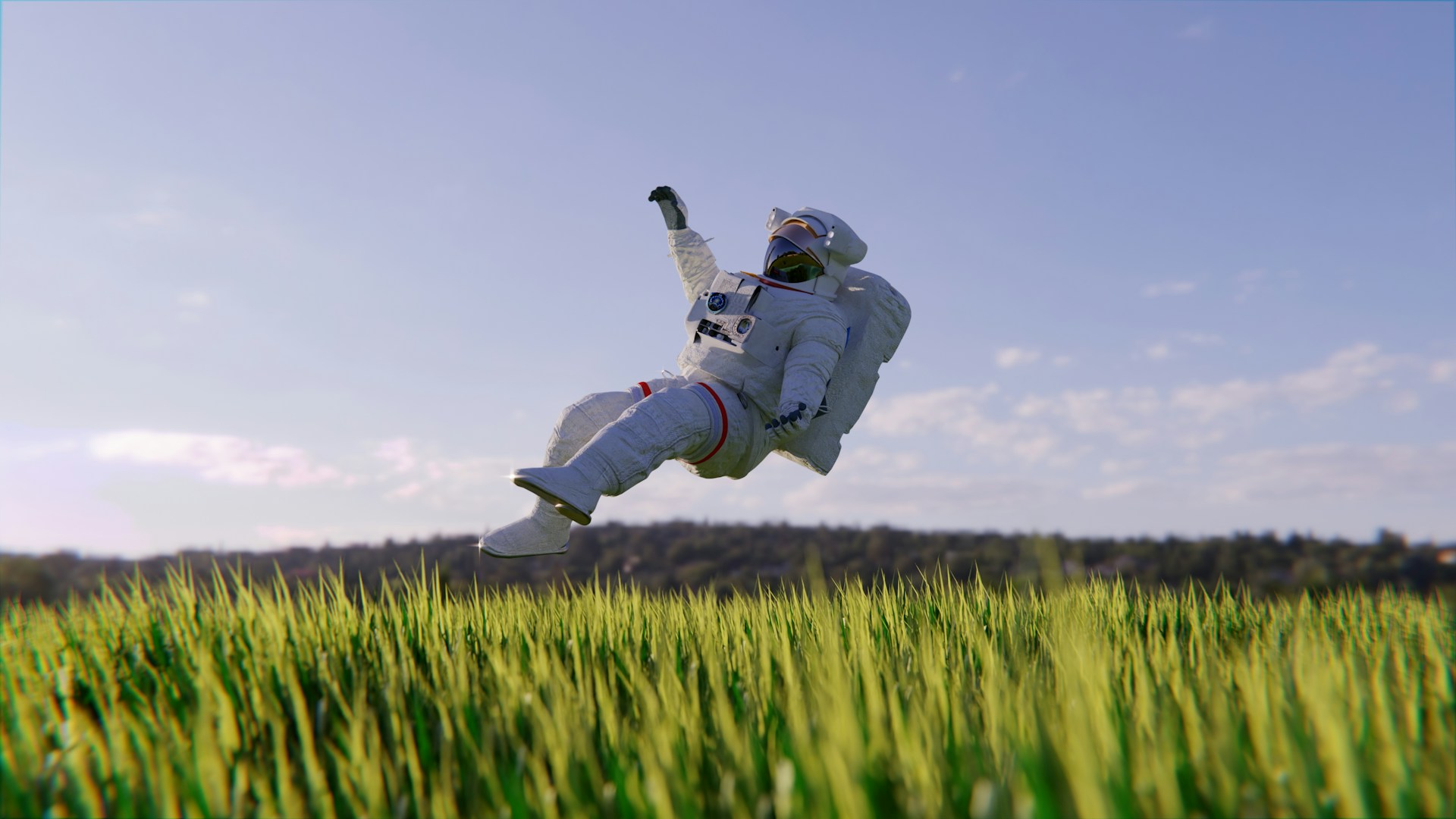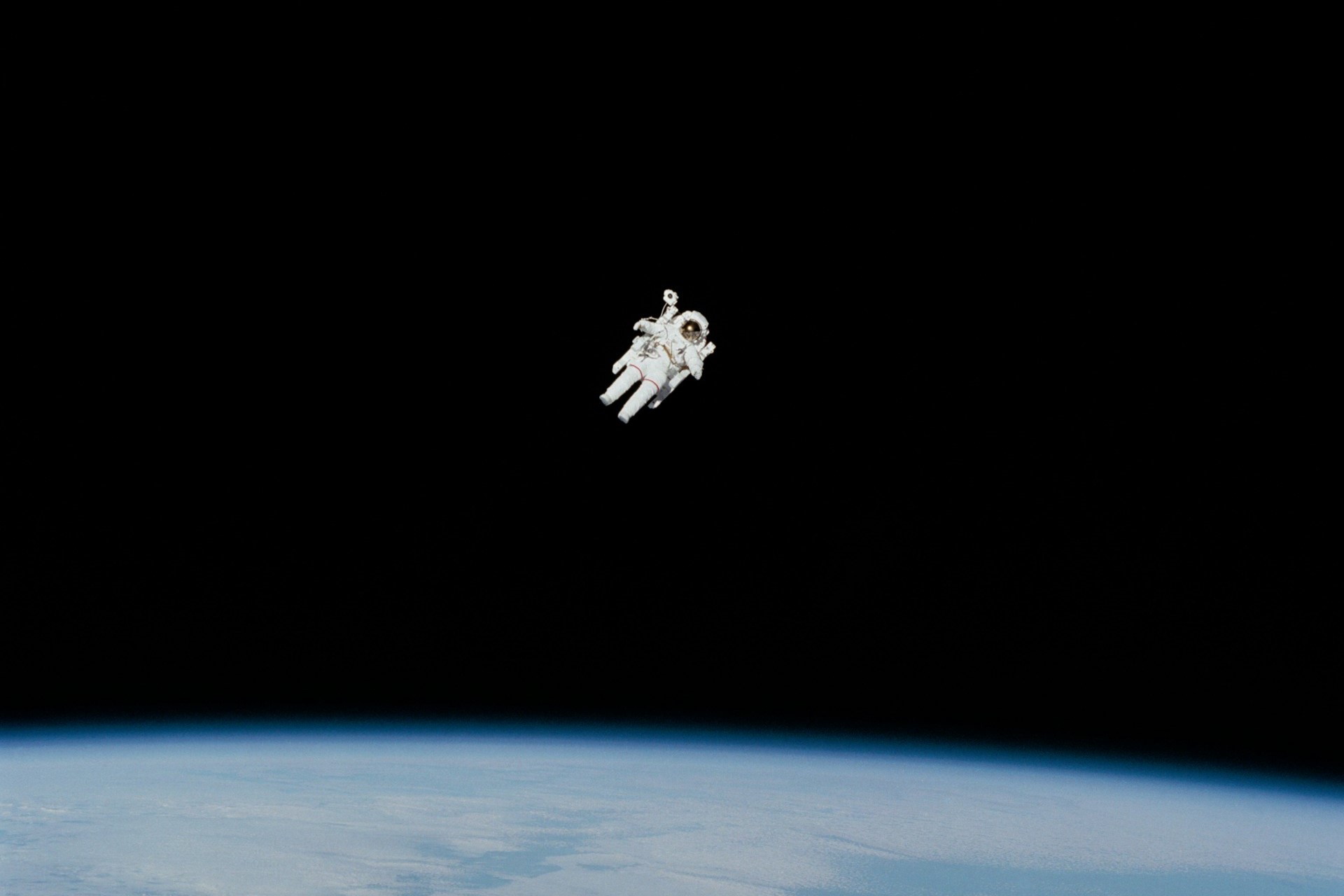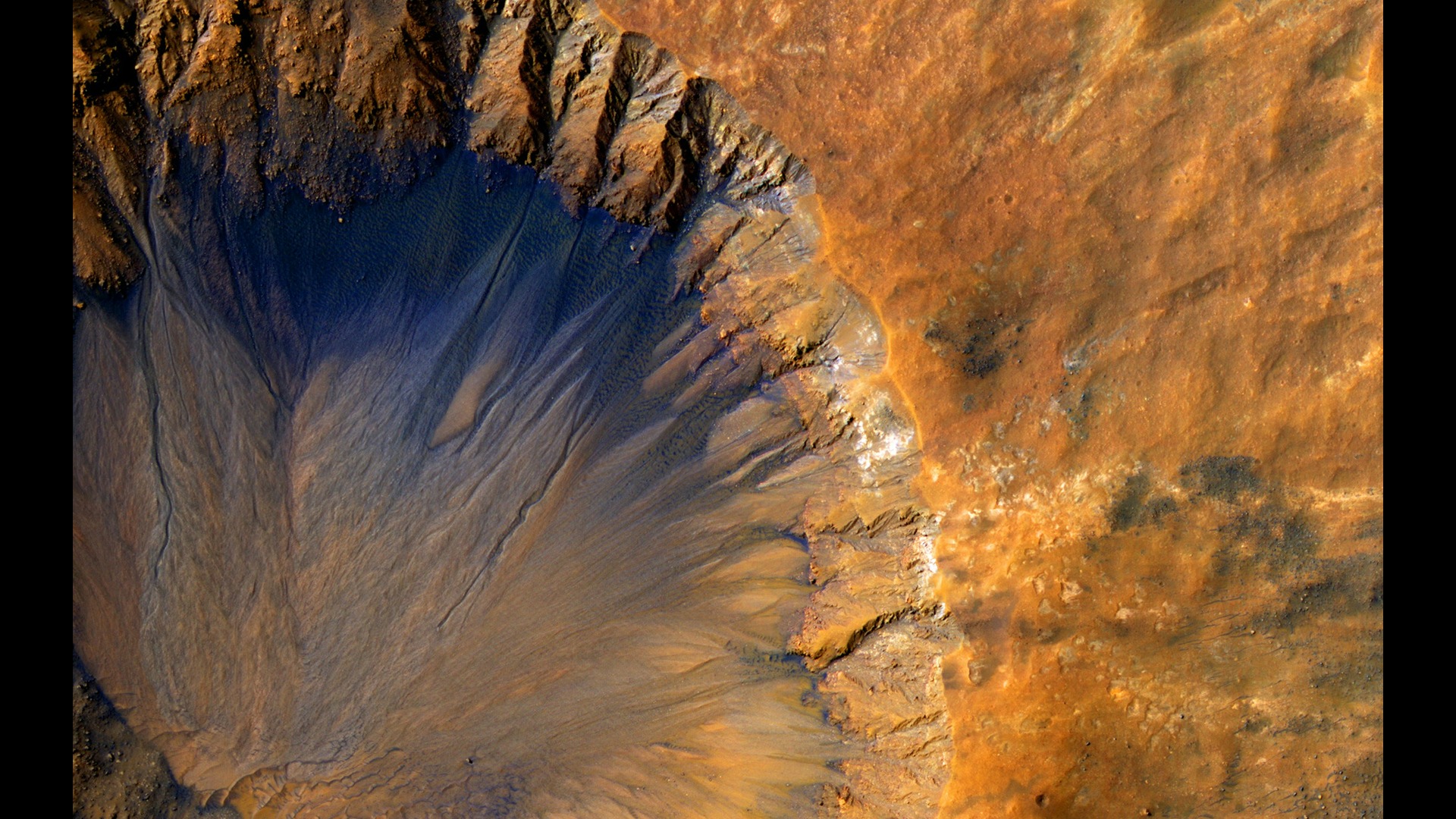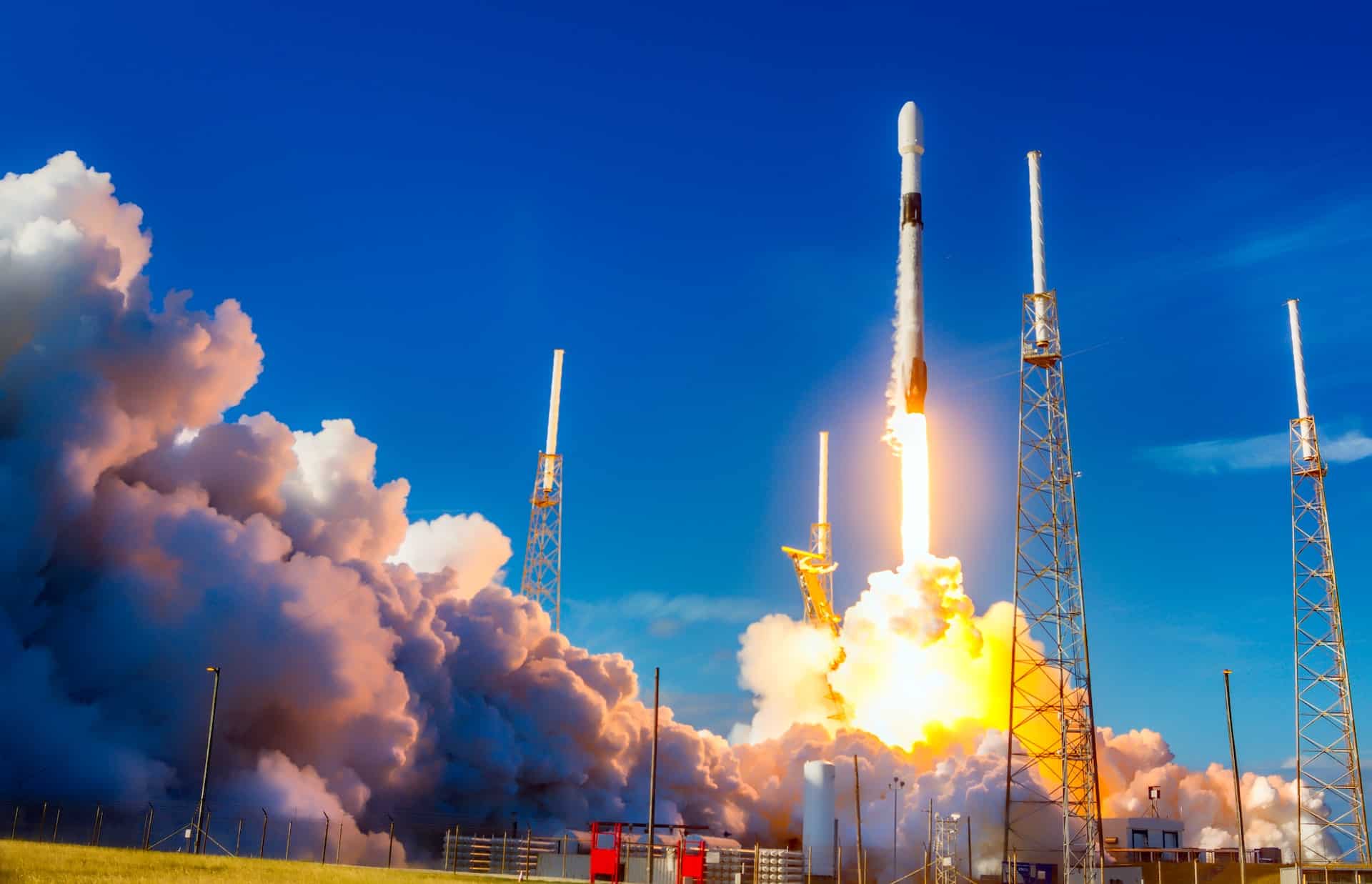
Why is a Wet Dress Rehearsal Important Before Launch?
January 26, 2023 - Emily Newton
Revolutionized is reader-supported. When you buy through links on our site, we may earn an affiliate commission. Learn more here.
Humanity is heading back to the Earth’s only natural satellite for the first time since Apollo 17 left the lunar surface in 1972. The Artemis missions — named for Apollo’s twin sister and the Greek goddess of the hunt — will take the first woman, the next man and the first person of color to the Moon sometime between 2022 and 2025. Before the uncrewed Artemis 1 mission can even head toward the stars, the first step is a wet dress rehearsal. What is this and why is it crucial before a launch?
What is Wet Dress Rehearsal?
A wet dress rehearsal is the last major test for a spacecraft before it’s officially ready for flight. This puts the entire craft through each step of a simulated launch, exposing it to the super-chilled fuels to ensure that everything will function properly on launch day. These tests are vital to the safety of crews and their ships.
Artemis 1 Wet Dress Rehearsal
What did Artemis’s wet dress rehearsal look like?
The process starts by wheeling the spacecraft to the launch pad. Once there, crewmates hook up all the power and fuel lines. The Space Launch System and the Orion capsule power up, the countdown begins and the fueling stage starts. Launch teams then cycle through various pre-planned holds, counting to T-33 seconds. At that point, the clock gets recycled to T-10 minutes to simulate a “scrubbed” mission.
The next step resumes the countdown. Teams go through each step in their launch process until the test scrubs at T-9.34 seconds, which would happen if there was a last-minute red flag during a countdown. After the scrub, they drain the fuel from the tanks, marking the dress rehearsal’s conclusion.
Artemis 1 wheeled out to the launch pad on June 20th for the fourth attempt at a wet dress rehearsal. The test did have some problems, however. During fueling, the team noticed and flagged a hydrogen leak that caused the countdown to end at T-29 seconds rather than T-9 seconds, but it wasn’t enough to scrub the entire test.
NASA engineers still need to analyze the test results, but things are looking promising. If everything goes as planned, the Artemis 1 mission is scheduled for its launch sometime in August 2022.
Why Are Wet Dress Rehearsals So Important?
Each component of the launch craft has been tested and re-tested during the development process. Wet dress rehearsals ensure all the pieces fit and everything works as it should. NASA’s been developing the Space Launch System for eight years. If their trials go well, it could finally be ready to launch to the stars. So what makes them so important?
The average rocket comprises hundreds of materials and thousands upon thousands of parts. Thousands of things could go wrong with a rocket launch and thousands more could cause the mission to fail at any point after it leaves the ground.
It’s the engineers’ job to figure out everything that might go wrong and test for it. They can try most of these things in simulation or on a smaller scale in a lab setting. Some stages — such as the complete fueling before launch — can only be done on the launch pad to get the best results.
The Artemis launches will cost upwards of $4.1 billion each, so it’s worth it for engineers to take all the extra steps necessary to ensure that each launch is successful. It becomes even more critical when these new spacecraft start carrying astronauts to the Moon and beyond. The billions of dollars it costs to launch one of these missions pale compared to the value of human life.
What’s Next for Artemis?
NASA has scheduled the uncrewed missions for sometime in August. The first mission will send the Orion capsule into orbit around the Moon before returning for splashdown about a month later. If Artemis 1 is successful, the next step will be sending a crewed mission back to the lunar surface for the first time in more than four decades. The question now is when.
Initially, the goal was to send the first crewed Artemis mission to the Moon by 2024, but testing delays mean Artemis 2 probably won’t happen before 2025. Any more delays between now and then will push the first crewed mission back even further, but it will hopefully happen before the end of the decade. Artemis 2 will also be a lunar flyby, orbiting our nearest satellite before returning home. The goal is to collect flight test data and prepare for the next mission.
Artemis 3 could be the first moon landing of the Artemis missions. The mission will dock with the planned Lunar Gateway station and send two astronauts to Moon’s southern polar region. The complete Artemis 3 mission will take roughly 30 days, though the astronauts will only be staying on the lunar surface for about a week.
There will likely be more Artemis missions after these first three, depending on the success or failure of the first missions. In addition to supporting Artemis, the Gateway station will also serve as a launching platform for missions to Mars and beyond as the human race reaches further into the solar system. Anything beyond Artemis 3 likely won’t occur during the 2020s.
Looking Toward the Stars
Humans have been dreaming about traveling to the stars for longer than they’ve been able to imagine a way to get there. With the Artemis missions on the horizon, it’s closer to reality than ever. Wet dress rehearsals are the first step toward ensuring these systems are safe and ready to use before launch day. Most people wouldn’t want to drive an untested car and shouldn’t expect astronauts to travel to space in an untested rocket.
Artemis will be a stepping stone to the rest of the stars if these missions prove successful. If people dream of the stars, they’ll eventually walk among them. However, it will take time and lots of tests — like these wet dress rehearsals.
Revolutionized is reader-supported. When you buy through links on our site, we may earn an affiliate commission. Learn more here.
Author
Emily Newton
Emily Newton is a technology and industrial journalist and the Editor in Chief of Revolutionized. She manages the sites publishing schedule, SEO optimization and content strategy. Emily enjoys writing and researching articles about how technology is changing every industry. When she isn't working, Emily enjoys playing video games or curling up with a good book.
